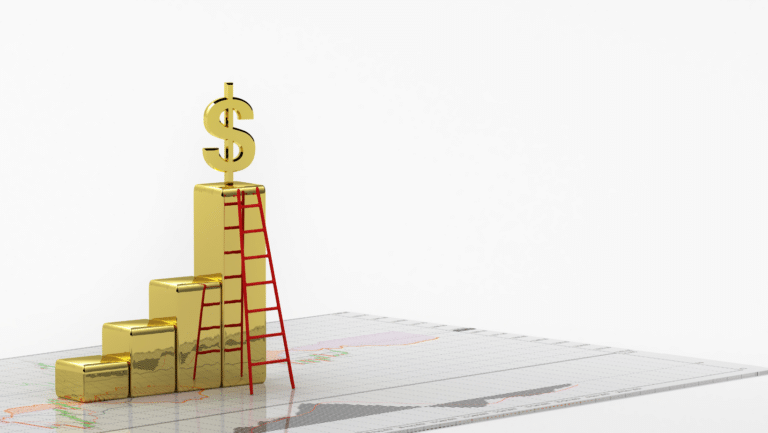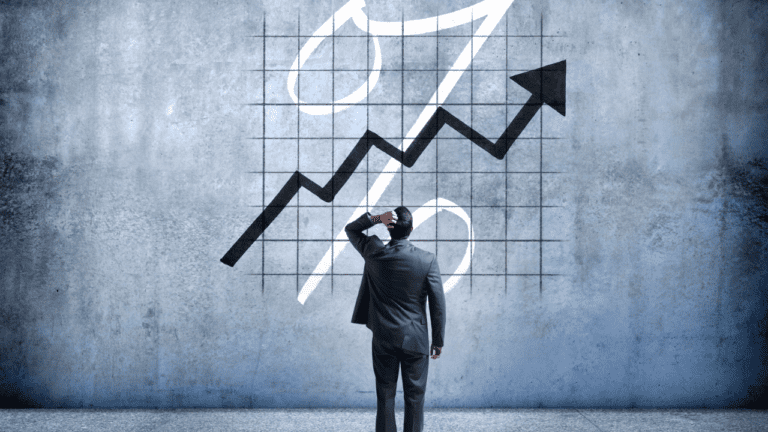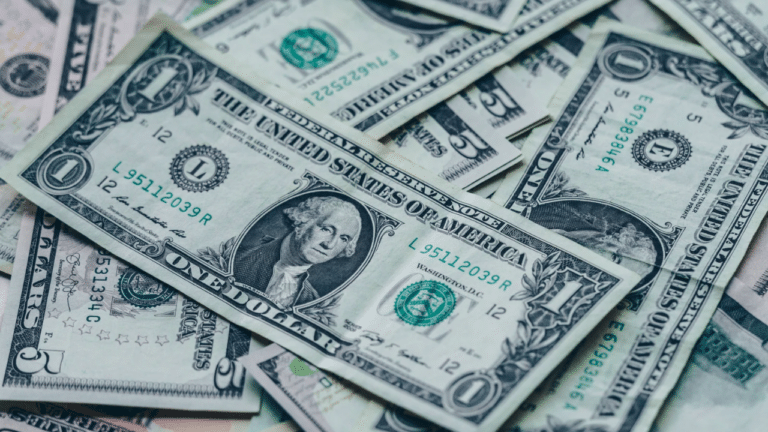Ep. 145 Launch Financial- Markets Readied For The End of Q2
Overview: Tune into this week’s episode of Launch Financial as we discuss the markets bracing up for the end of the second quarter and first half of the year. The stock market will digest lots of economic data through the rest of the week to close out the quarter. Stay tuned for a quarter in review…



